1.16.1 🐝 Olympic Tech, AI Olympic Announcer, Math + Swimming, What Bees Eat, 3D Printing Resources
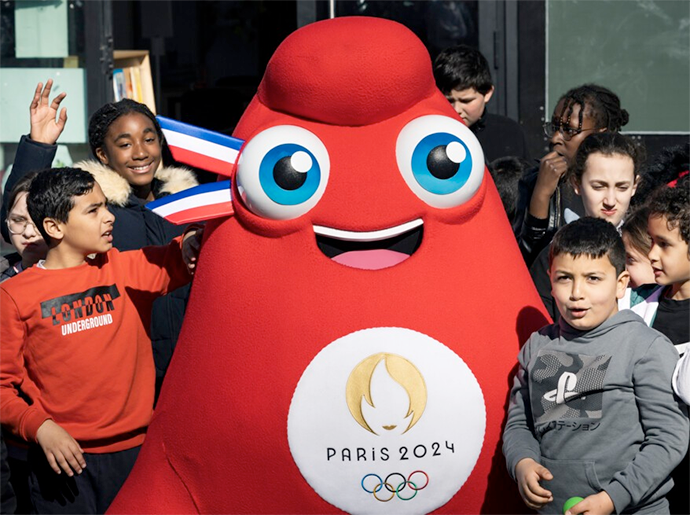
Welcome to another Wednesday email with links to STEM and STEAM stories. This week is special because the Olympics begin this Friday. In addition to links about the Olympics and technology, there's also stories about what food bees eat and 3D printing resources. I hope you find these stories interesting and worth reading.
Olympic Sports and Technology
The Olympics begin day after tomorrow, Friday 26 July, in Paris. There will be lots of technology used, not only to capture results but also for viewers. It turns out the Olympics organization has a technology channel with episodes about how technology is used with Olympic sports. It’s called The Tech Race. There’s 34 episodes as of June 2024 and covers sports like Badminton, Sailing, Cycling, Taekwondo. Episodes also cover using tech to analyze and optimize athlete performances. It’s great stuff if you’re interested or have a kid into both technology and sports.
The Tech Race
https://olympics.com/en/original-series/the-tech-race/
Technology and The Olympic Games
https://www.topendsports.com/events/summer/science/technology.htm
Olympic organizers unveil strategy for using artificial intelligence in sports
https://www.cbc.ca/sports/olympics/summer/trackandfield/ioc-artificial-intelligence-olympic-games-1.7178568
― Chad Fowler, The Passionate Programmer (also this link!)
The AI Voice of Al Michaels will do Olympic Recaps
Long time US TV and radio announcer Al Michaels has agreed to let NBC use an AI version of his voice for the Olympics. His AI clone will do the morning recaps available in emails from the Peacock app and NBC Sports.
'His voice—or at least a highly convincing replica of it—will now be lent to a feature on the network’s streaming platform, Peacock, offering users daily recaps from the Summer Games in Paris tailored to their favorite events and narrated by the AI.
“The feature, called Your Daily Olympic Recap on Peacock, will pull from thousands of hours of live coverage from the Games in Paris using a large language model, or an LLM. The model analyzes subtitles and metadata to summarize clips from NBC’s Olympics coverage, and then adapts those summaries to fit Michaels’s signature style. The resulting text is then fed to a voice AI model—based on Michaels’s previous NBC appearances—that was trained to learn the unique pronunciations and intonations of certain words and phrases. In the end, this multilayered process will yield around 10 minutes’ worth of highlights for each user.”'
“It Was Astonishing”: How NBC Convinced Al Michaels to Embrace His AI Voice for Olympics Coverage | Vanity Fair
https://www.vanityfair.com/news/story/nbc-al-michaels-ai-voice-olympics-coverage-paris
How America’s Fastest Swimmers Use Math to Win Olympic Gold
“Ono, who typically studies abstract patterns in numbers and special functions called modular forms, began collecting and analyzing acceleration data from Wilson and other Emory swimmers to identify and quantify their weaknesses. “It got to the point where I could just see what an athlete was doing without actually watching them swim,” he said.
Within two years, Wilson won a national collegiate championship; he would go on to earn a gold medal at the 2021 Olympics in Tokyo. By then, Ono had moved to the University of Virginia, where he worked alongside Todd DeSorbo — the head coach for both UVA swimming and the U.S. Olympic women’s swim team. Ono will join the Olympic team staff in Paris later this summer as a technical consultant. “I feel like we’re all in this together, trying to make something new,” he said.”
https://www.quantamagazine.org/how-americas-fastest-swimmers-use-math-to-win-gold-20240710/
Question: What do bees eat?
Researching the answer to this question turned up lots of interesting trivia and complicated descriptions. However, this is the closest I found to a definitive short answer, from the Youth in Food Systems (YFS) website from Canada:
“One common theme you will notice about bees is teamwork, teamwork, teamwork. So, let’s take you through the team effort to produce honey.
Firstly, a bee needs to obtain nectar. When a worker honeybee reaches a good flower, they suck nectar from the nectary of the flower through their tongue, which functions like a straw. Importantly, the bee has a specific stomach separate from its “eating” stomach to store honey. In this stomach, the sugars in the nectar begin to break down. Back in the colony, the nectar is given to another bee, known as house bees (typically younger bees), who place the nectar in a honey cell ⎯those hexagons that make a honeycomb. Then, the house bee works to dry the honey by flapping its wings to produce warm air. Interestingly, a beeswax lid is made to cover the dry nectar (cool!), and in winter, when nectar is scarce, their small honey capsules can be opened so that the honey may be enjoyed!”
The bee trivia I find fascinating. An average worker honeybee makes about 1/12th of a teaspoon of honey in her lifetime. Honeybees need to tap 2 million flowers to make one pound of honey. It would take about one ounce of honey to fuel a bee’s flight around the Earth. Honeybees collect nectar and pollen from flowers. Both are stored in the hive where nectar is converted to honey, and pollen is fermented into bee bread. Bees eat honey and bee bread. Bee bread provides protein, while honey is a source of carbohydrates. Both pollen and honey contain minerals, vitamins, and enzymes.
How Do Bees Make Honey? | The Science of Food! | SciShow Kids
https://www.youtube.com/embed/A4YIpGQiD3w
How Bees Find Their Food and Make Ours
https://seeds.ca/schoolfoodgardens/how-bees-find-their-food-and-make-ours/
Honeybees - Dept of Natural Resources Indiana State Gov
https://www.in.gov/dnr/kids/animals/insects/honeybees/
How Do Bees Find Food?
https://www.tappityapp.com/answers/how-do-bees-find-food
Bees use shark ‘supersense’ to help find food
https://projects.research-and-innovation.ec.europa.eu/en/horizon-magazine/bees-use-shark-supersense-help-find-food
How do bees choose what to eat? - Environmental Science Journal Teens
https://www.sciencejournalforkids.org/wp-content/uploads/2019/09/bee\_diet\_article.pdf
Honey Trivia
https://www.honeyassociation.com/about-honey/honey-trivia
The Way of the Waggle Dance (game)
https://askabiologist.asu.edu/bee-dance-game/index.html
Getting Started with 3D Printing
Let's say you're interested in 3D printing: where would you begin to get started?
Turns out that many libraries have makerspaces that include 3D printers. You might start by calling your local library, schools, and colleges. Working with a library makerspace, for example, probably includes classes and help with ideas for printing objects with a 3D printer. Beyond public 3D printing resources, there's also commercial 3D printers at some Staples and UPS stores, as well as dedicated 3D printing services companies. And beyond those, of course, you can buy a 3D printer but that's expensive and involves lots of work and potential headaches.
To get started, however, a local public 3D printer in a makerspace would be ideal. If it exists. If you can't find local public resources with hands on help like a library, search online for "3D printing services near me" or use your postal code instead of the "near me" bit. You might find a community makerspace, in addition to commercial service bureaus. Maker magazine also has a directory but it's unclear to me if it is kept updated.
The next hurdle is what to print. To create your own objects, you'll need CAD (computer aided design) software like Tinkercad, Sketchup, and Blender. To use or modify a model found online, you might look at online 3D object libraries to find existing CAD files that are free or cost money. There also are reference objects used to test 3D printers, usually a teapot or a garden gnome. It's rather amazing the range of objects, from game characters you can put on your desk to gadgets for around the house to famous buildings and NASA space ships.
What you'll discover is that 3D printing involves finding or creating a CAD model, tweaking the model before printing using software to slice the model into a form useful to the printer, running a test print of your object, and then tweaking your model based on the test print. You'll also learn the limitations of printing some objects based on their shapes.
3D printing is great for kids and people in general who are not interested in programming but are interested to design and then make things. It's a terrific way to explore the basic engineering process of defining a problem and then working out possible solutions.
3D Printing 101: The Ultimate Beginners Guide
https://www.youtube.com/embed/2vFdwz4U1VQ
https://www.youtube.com/@The3DPrintingZone
3D Printing Services
https://www.forbes.com/advisor/business/best-3d-printing-services/
Makerspace Directory
https://makerspace.com/
List of common 3D test models
https://en.wikipedia.org/wiki/List_of_common_3D_test_models
NASA 3D Resources
https://nasa3d.arc.nasa.gov/models
This Week
Our Sunday email this week has fun often offbeat links, for example, the challenges teaching math and science, cutting your screen time by making your phone really annoying, Alaska waterways are turning orange, the Cleveland Clinic and gamer mental health, Amazon drones now can fly beyond the horizon, the rights of young adults whose parents posted their pictures while growing up, zero-carbon cement, and more.
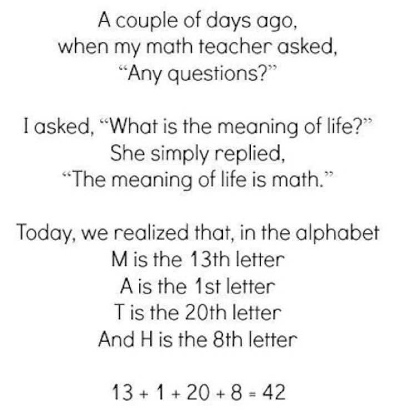
To ensure 30 STEM Links appears in your inbox regularly, please follow these steps for a seamless experience:
- If you use Gmail, move our e-mails to your primary inbox.
- If you use Apple Mail, add us to your V.I.P. list. And if you use Outlook, add us to your favorites.
- Add 30 STEM Links to your address book: hello@30stemlinks.com.
- If you use another e-mail client, please use a combination of the above steps.
You received this message because you are a past active subscriber to beanz magazine. Or you signed up to receive e-mails from 30 STEM Links.
You can change your e-mail preferences or unsubscribe at any time by clicking the unsubscribe link below. To modify or cancel your subscription, please visit your account page.
This newsletter is published by 30 STEM Links at 378 Eastwood Rd, Woodmere, NY 11598
For support, please contact us at hello@30stemlinks.com or reply to this e-mail.
Ok, this is actually the end! Thanks for reading! Bye!

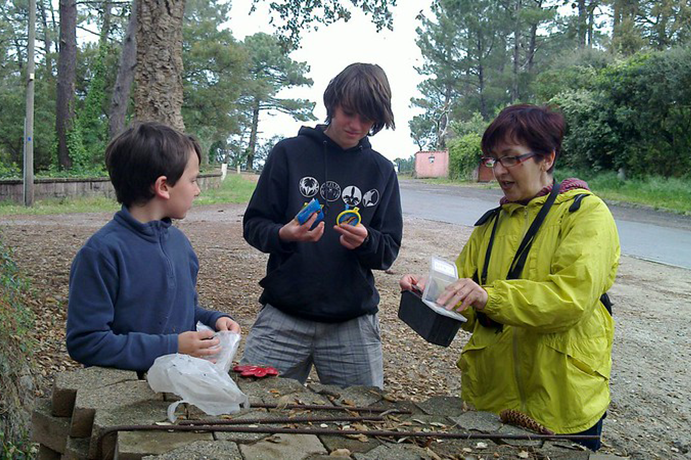
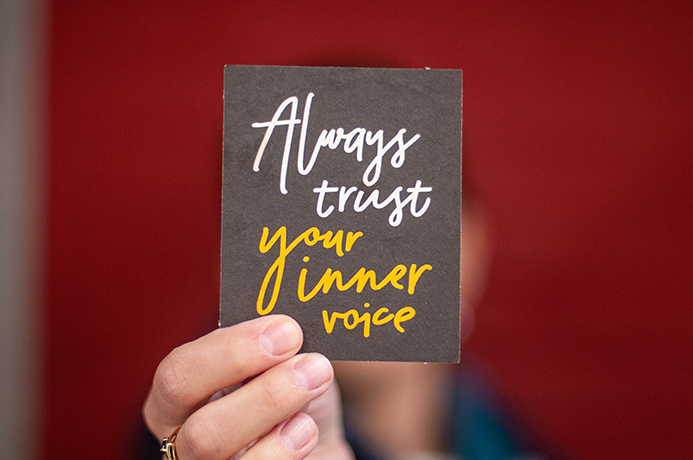
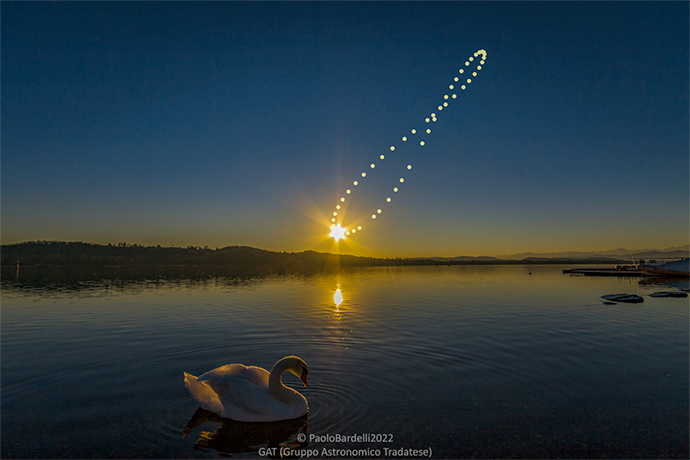
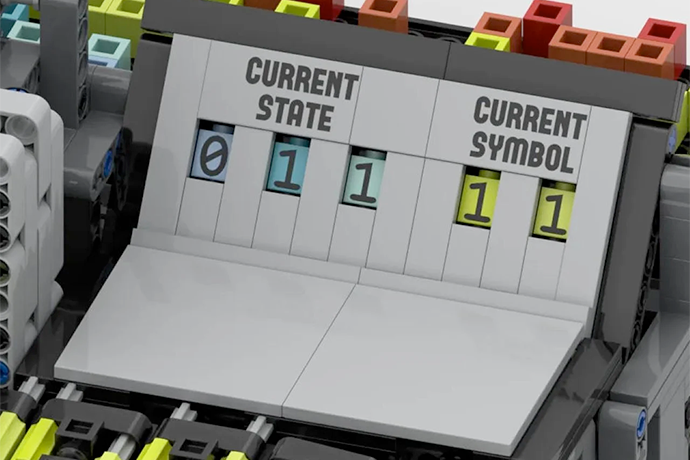
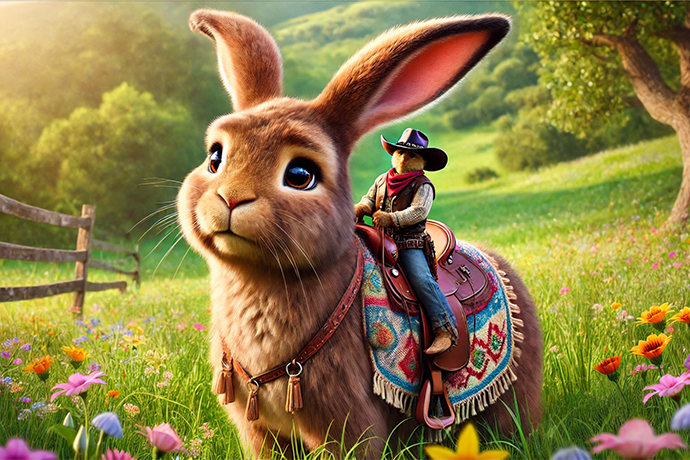
Member discussion